These M’sians want to level up private events by renting out their portable pickleball courts
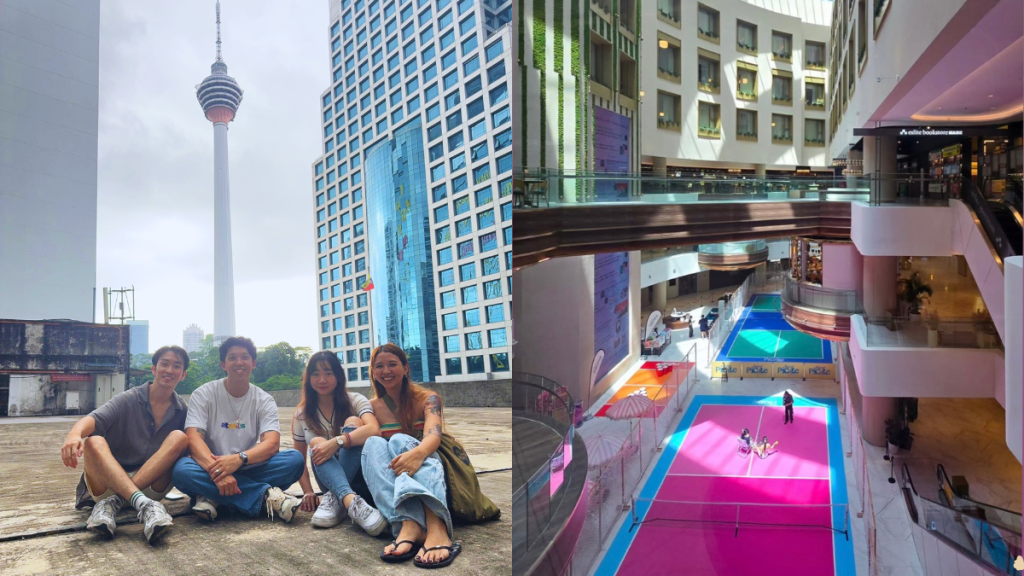
Here it is. Another pickleball feature. Over the past year, Vulcan Post Malaysia has featured a slew of pickleball businesses, each with its own little twist to help it stand out in this ever-expanding industry. From in-house eateries to cold plunges, ‘Big Pickle’ seems to be dead set on having players spend their whole day […]
Another loyalty app? We tried Koppiku’s app to find out if it’s worth downloading.
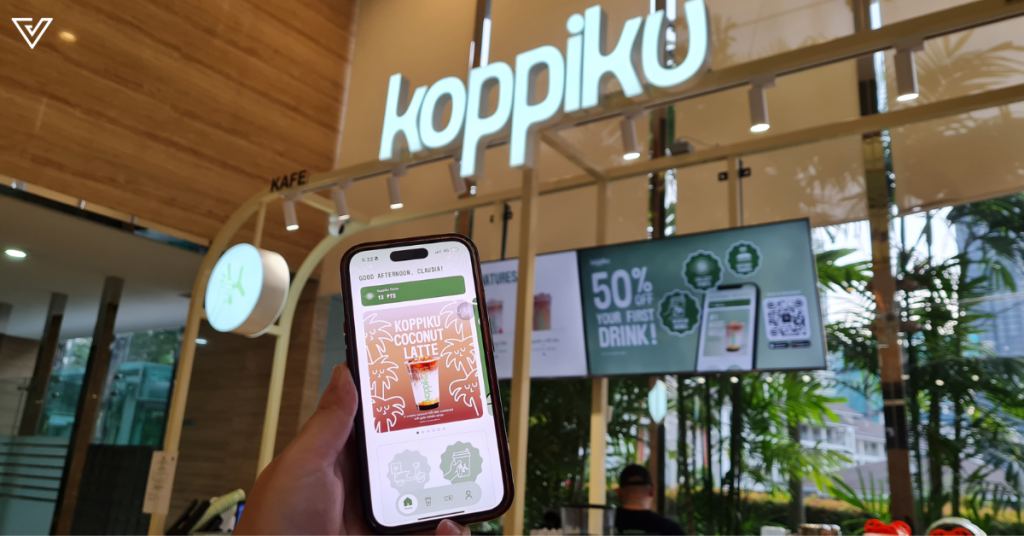
[Written in partnership with Koppiku, but the editorial team had full control over the content.] These days, it feels like every other business and service comes with its own app. Now, I get why businesses want to do this. They want to streamline certain operations while rewarding their own customer base. But come on, my […]
MOM: Almost 80% of companies in Singapore raised their employees’ salaries in 2024
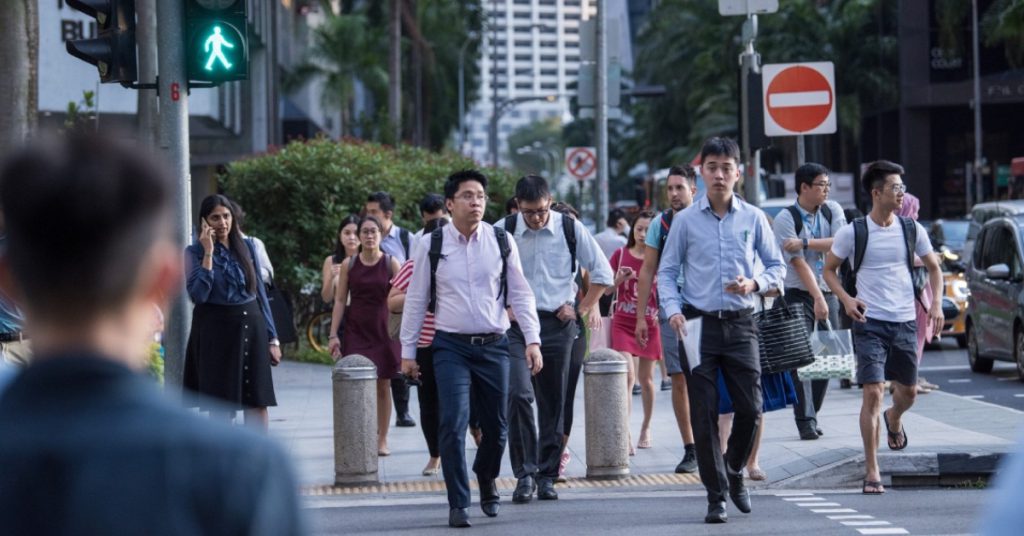
More firms in Singapore raised their employees’ wages in 2024, with the proportion rising to 78.3%, up from 65.6% in 2023, according to the Ministry of Manpower’s (MOM) report on wage practices released on Wednesday, May 28. However, the extent of the increases was slightly moderated—the average increase was 6.6%, down from 7.2% in 2023. […]
How Cococart’s co-founder opened S’pore’s 1st cheesecake & wine bar that’s already profitable
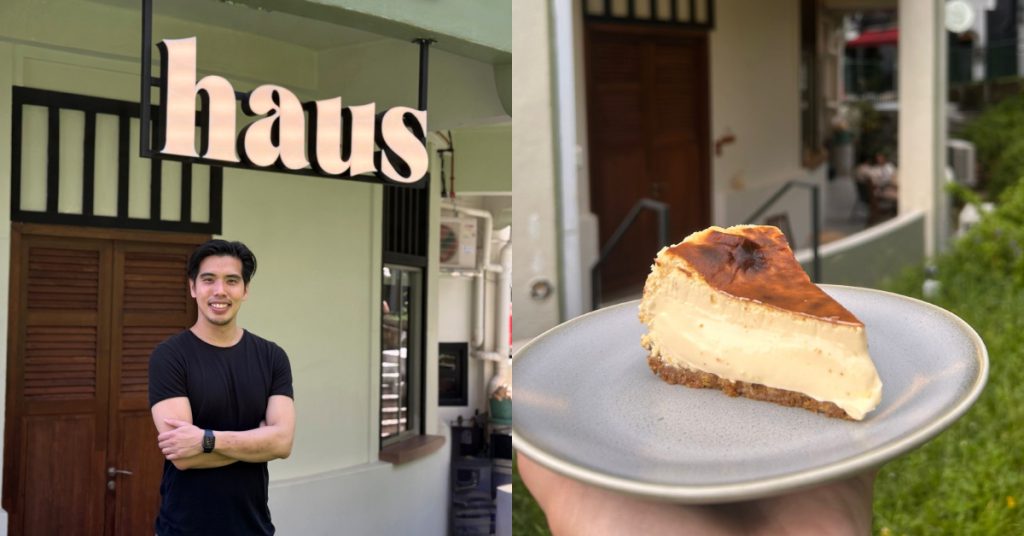
When Vulcan Post first spoke to Derek Low in 2022, he was baking cheesecakes out of his home kitchen and hand-delivering them across Singapore. His hands-on experience running a small business led him to co-found Cococart—a one-stop e-commerce platform that enables entrepreneurs to easily set up and manage their own online stores and sales. The […]
MOM: Degree no longer key for 70% of advanced jobs in S’pore, but it might affect your salary

Disclaimer: Unless otherwise stated, any opinions expressed below belong solely to the author. All data was sourced from the Ministry of Manpower. According to the annual findings by the Ministry of Manpower, the value of your education keeps dropping in the eyes of prospective employers. And we’re not talking about menial jobs here—for which it […]
S’pore private university graduates saw higher pay in 2024, but fewer landed jobs

Amid slower economic growth and lower hiring demand, fewer Private Education Institution (PEI) graduates secured employment in 2024. According to the Graduate Employment Survey (GES) released by SkillsFuture Singapore (SSG) on May 26, about three-quarters (74.8%) of Private Education Institution (PEI) 2023/2024 cohort graduates landed permanent, freelance or part-time jobs within six months of graduating, […]
1 in 12 degree holders in Singapore earns S$20,000/month or more. Here’s how they do it.

Disclaimer: Unless otherwise stated, any opinions expressed below belong solely to the author. Data comes from the Ministry of Manpower. Salary figures exclude employer’s CPF contributions. Whether we like it or not, our professional lives are about climbing the financial ladder over time, starting as well off as we can and then finding our way […]
These S’poreans began tailoring for a uni project, now their biz has served 30K+ clients
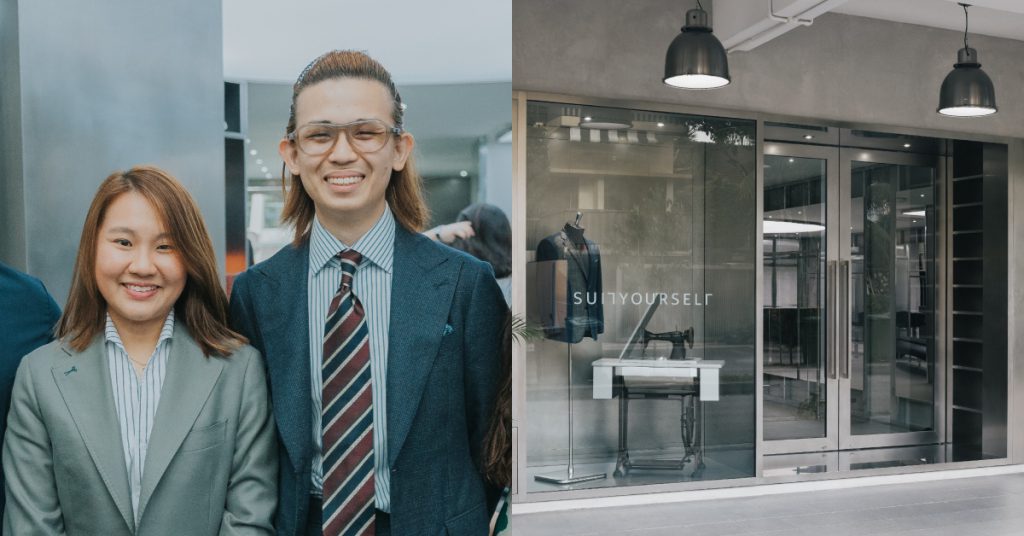
Sheryl Ho was deciding on a market problem to solve for her final year project as a business student at Nanyang Technological University (NTU) when she realised that it was “nearly impossible” to find affordable, well-fitting suits for university presentations, internships and job interviews. “Ready-to-wear suits didn’t fit well, and traditional tailors were either intimidating […]
Finding coworking spaces too corporate, a 24 Y/O psych grad opened her own cosy one in Puchong
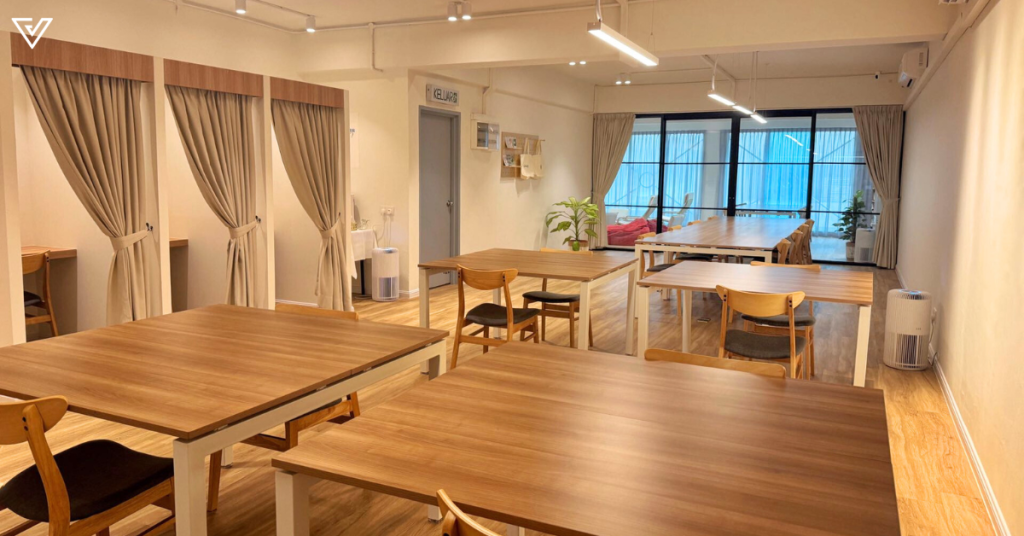
When we first came across this new coworking space in Puchong, the first (albeit, somewhat cynical) thought we had was—really? A coworking business, in this day and age? It feels like ever since the whole WeWork debacle went down, the coworking space industry in Malaysia has somewhat hit its peak, whereby core players such as […]
Not change for change’s sake: Cradle’s brand refresh after 23 yrs of supporting startups

[Written in partnership with Cradle Fund, but the editorial team had full control over the content.] If you’ve been in Malaysia’s startup ecosystem, Cradle Fund (Cradle) would already be a familiar name to you. Established in 2003 with a mandate to fund high-calibre technology, Cradle has supported thousands of Malaysian tech startups across multiple sectors. […]
How one tech change helped this Malaysian business improve connectivity & scale operations
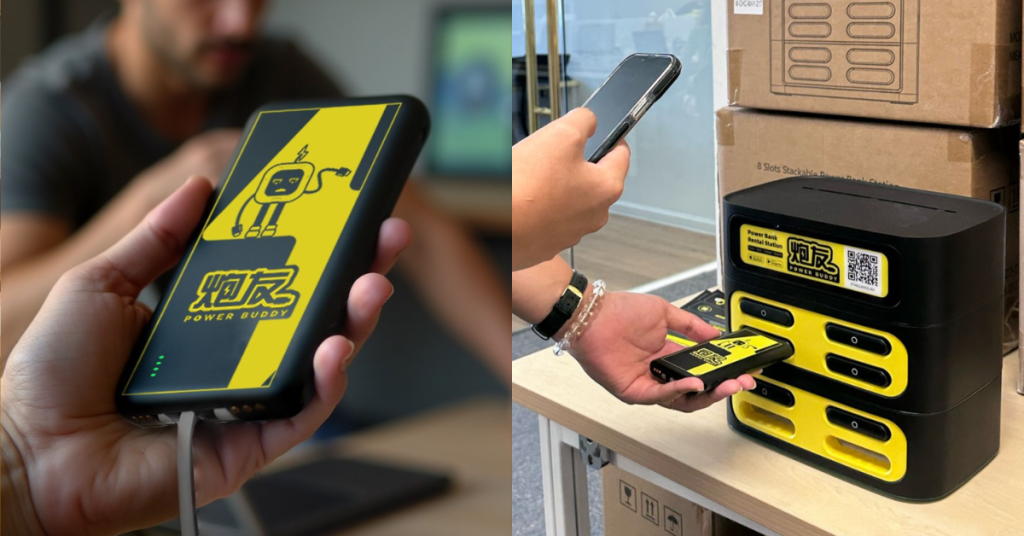
[This is a sponsored article with U Business.] When it comes to business, it’s more often than not what goes unseen that can make the biggest difference. For instance, it’s not uncommon for businesses nowadays to rely on payment terminals, kiosks, sensors, and the like for their operations. But because these devices operate using machine-to-machine […]
Life in Singapore is becoming affordable again, according to two independent surveys

Disclaimer: Unless otherwise stated any opinions expressed below belong solely to the author. Data comes from 3rd party research. Over the past three years, global inflation has shaken consumer confidence around the world, putting pressure on millions of people facing uncertainty due to prices of everyday goods and services seemingly spinning out of control. Singaporeans […]
Grab launches its first AI Centre of Excellence, plans to hire at least 50 “high-value” roles

Grab announced today (May 23) the launch of its inaugural Artificial Intelligence Centre of Excellence (Al COE), with the support of Digital Industry Singapore. Located in the company’s HQ at one-north, the centre aims to accelerate “AI-driven solutions that improve accessibility, boost productivity and growth, and contribute to smart nation building across Southeast Asia.” Key […]
From delivery issues to late pay: What’s really going on at S’pore food delivery firm WhyQ?
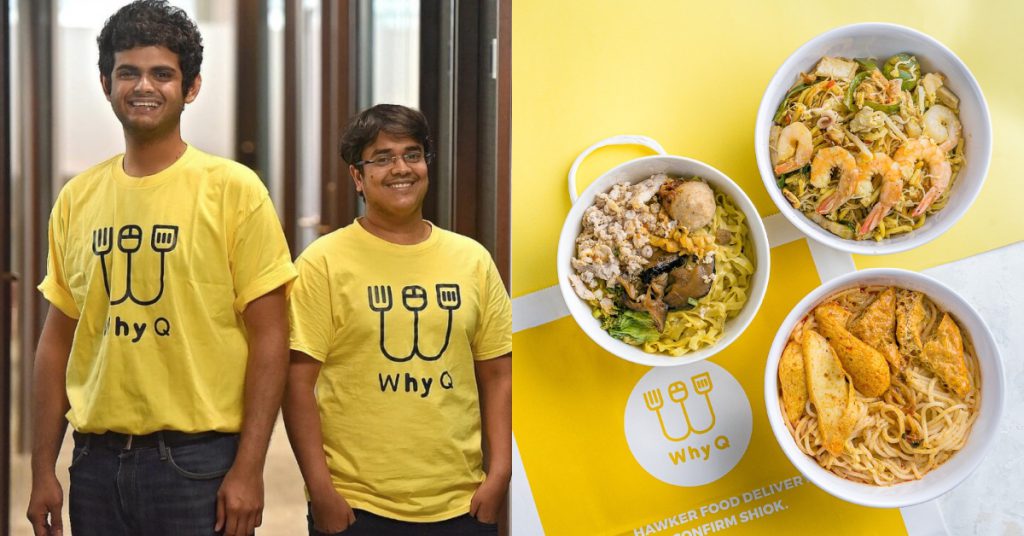
When WhyQ first launched its residential hawker food delivery service in Singapore, it quickly made headlines—and for good reason. What’s not to love about getting your favourite local hawker fare delivered to your doorstep for just S$1.50 per meal, with no minimum order? But things seem to have taken a sharp nosedive for the platform […]
37 outlets in 1.5 years: The strategies used by M’sian coffee chain Koppiku to scale quickly
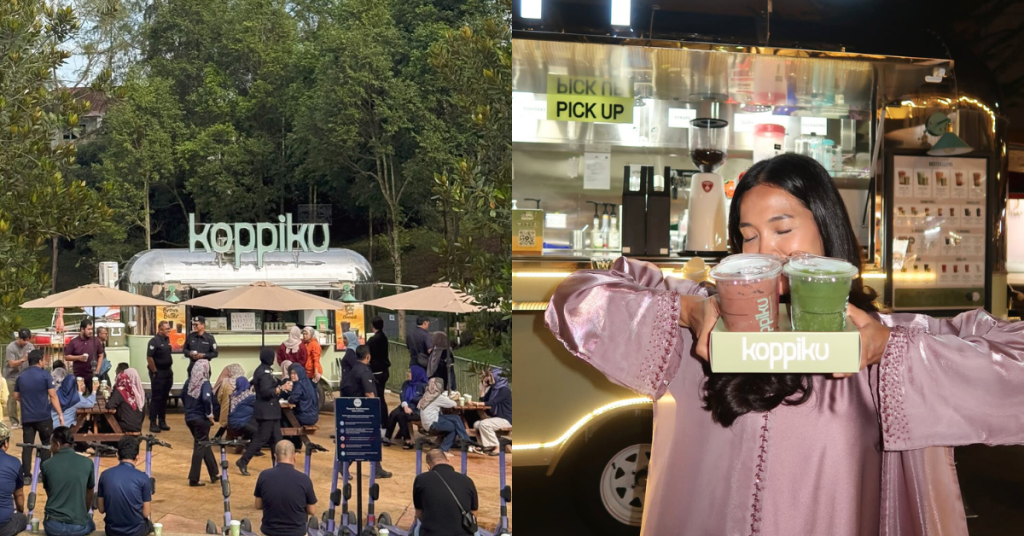
[Written in partnership with Koppiku, but the editorial team had full control over the content.] Nowadays, there’s a myriad of options available to get your next caffeine fix, particularly if you reside in the Klang Valley. Names like Starbucks, ZUS Coffee, and HWC Coffee typically come to mind. But one brand that’s been hotter on […]
Singapore jobs & pay report: MOM lists top 10 in-demand PMET vacancies and their salary ranges

Disclaimer: Unless otherwise stated, any opinions expressed below belong solely to the author. All data comes from the Ministry of Manpower. Every year, the Singapore Ministry of Manpower (MOM) reaches out to thousands of businesses (employing 25 people or more) and public administration bodies, collecting detailed labour market data. Unlike findings published by private research […]
Cradle features 8 trailblazing M’sian startups at Expo 2025 in Osaka, here’s who they are
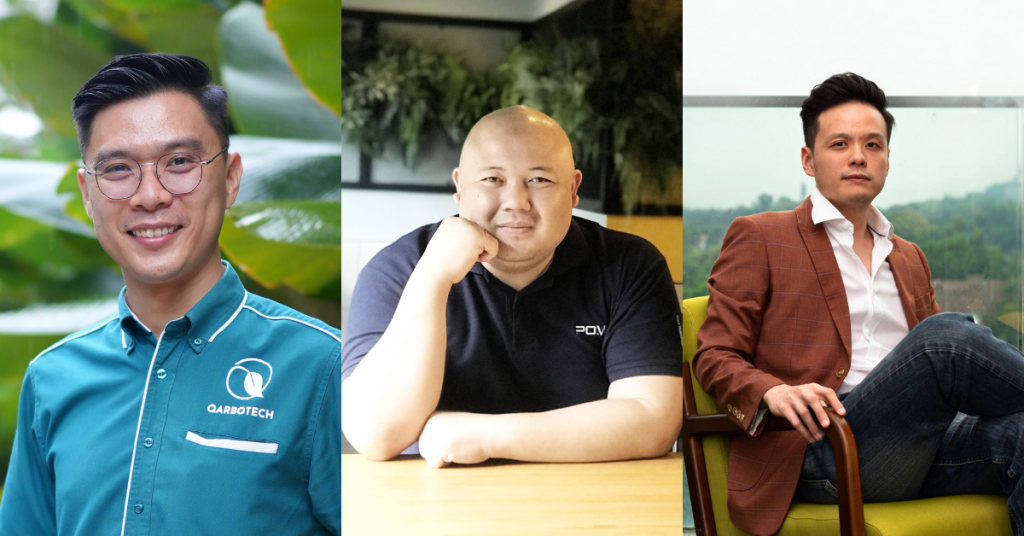
[Written in partnership with Cradle Fund, but the editorial team had full control over the content.] The long-awaited Expo 2025 in Osaka has been many years in the making, with the last one having been held during the pandemic era. Now back after four years, the six-month Expo has all eyes on them. Which is […]
If dating an influencer was ever on your bucket list, this S’porean biz can make it come true

As a chronically single woman, I do admit there are times when I felt lonely, but I have never considered renting a date—let alone an influencer. That was, until I came across Elitely Social, a platform that gives “normies” like me the opportunity to go on dates with influencers in Singapore. Driven by curiosity (and […]
Why do nutrition labels matter & how accurate must they be? Here’s what the law says.
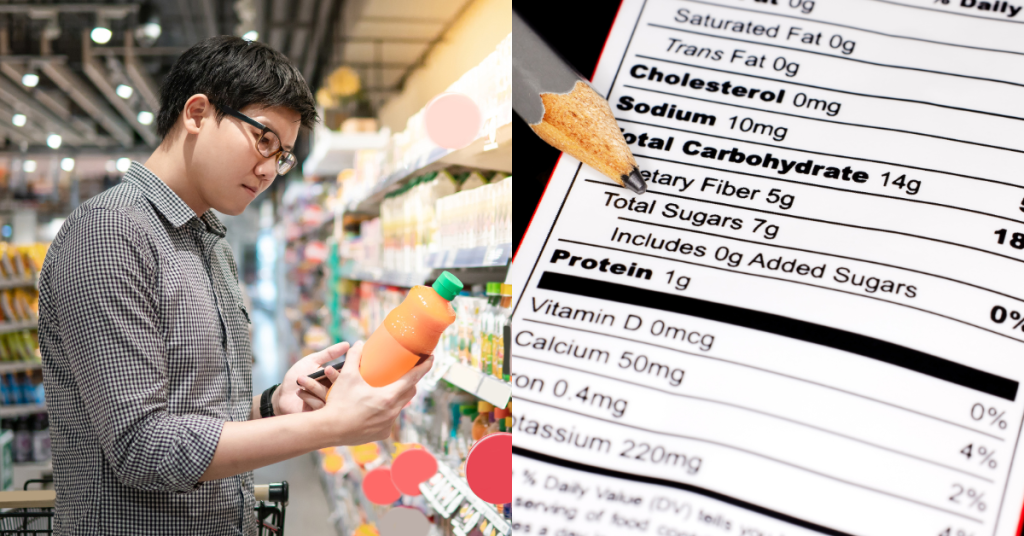
Disclaimer: This article is for general informational purposes only and is not meant to be used or construed as legal advice in any manner whatsoever. All articles have been scrutinised by a practising lawyer from Tristan & Partners to ensure accuracy. As much as I hate to say it, when you’re trying to stay fit, […]
At 23, this Singaporean started a biz offering yoga classes with pets

Just from its name alone, you’d know that Puppy Yoga Singapore doesn’t offer your typical yoga class. It’s one of the very few businesses in the city-state that hosts yoga sessions alongside furry companions. Inspired by similar offerings overseas, founder Audrey Sin, then 23 years old, started the business in 2020 while she was still […]
Are multivitamins a waste of money or a must-have? Here’s what a M’sian wellness expert says.
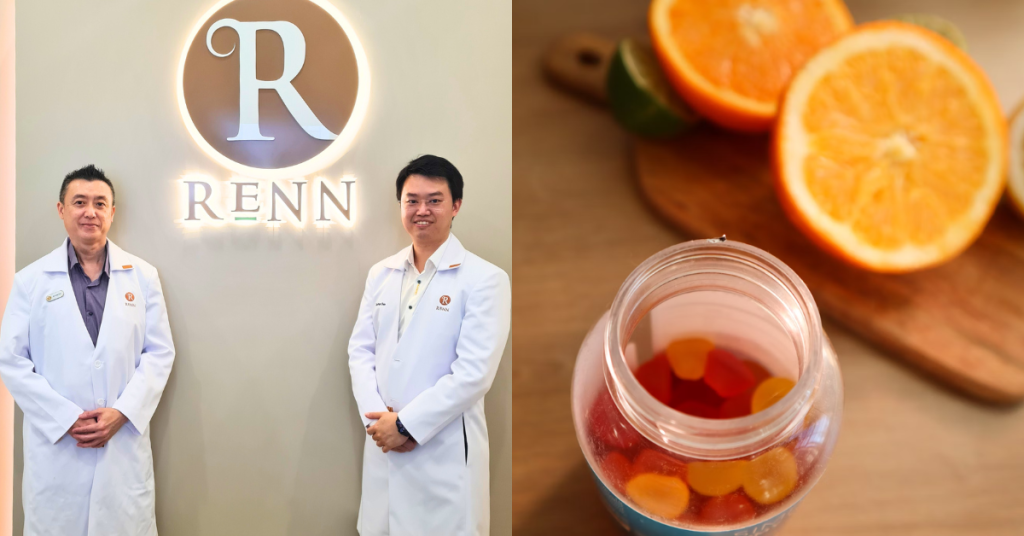
[Written in partnership with RENN Asia Wellness, but the editorial team had full control over the content.] When I picture the ideal morning routine, I imagine waking up at 6, doing some morning meditation or yoga, then having breakfast at a leisurely pace, complete with a delicious cup of coffee. And of course, there’ll be […]
These 2 M’sians started a mobile dog gym to give your chonky doggos a fitness glow up

I got my first dog when I was 13. I didn’t know her breed and all my dad paid for her was a RM20 donation to a fosterer we found online. Since the day we brought her home (New Year’s Eve ‘13), she has scared friends, torn up shoes and clothes, and even killed a […]
Why global businesses expanding to Southeast Asia should leverage TM Global’s data centres

[This is a sponsored article with TM Global.] For global businesses hoping to expand to Southeast Asia, there’s great news on the horizon. Malaysia’s pool of data centres is growing, with recent reports of large corporations investing millions of dollars into Malaysia to build more. The local market for data centres is forecasted to increase […]
Do foreigners steal good jobs from Singaporeans? MOM has now released data by industry.

Disclaimer: Unless otherwise stated, any opinions expressed below belong solely to the author. All data comes from the Ministry of Manpower. One of the most contentious topics in Singapore has always been the allegation presented by some that the foreign workforce is flooding the city-state not only to fill the least desirable and lowest-paid jobs, […]
SIA posts record profits for the 3rd consecutive year, staff to receive 7.45 months’ bonus

Singapore Airlines (SIA) has achieved record profits for the third consecutive year. The full-service carrier has posted a net profit of S$2.778 billion for FY 2024/25. This marks a 3.9% increase from SIA’s net profit for FY2023/24, which was S$2.675 billion, and follows the S$2.16 billion profit it made for FY2022/23. In recognition of its […]
How these finance pros quit their jobs and started a M’sian fruit juice business together
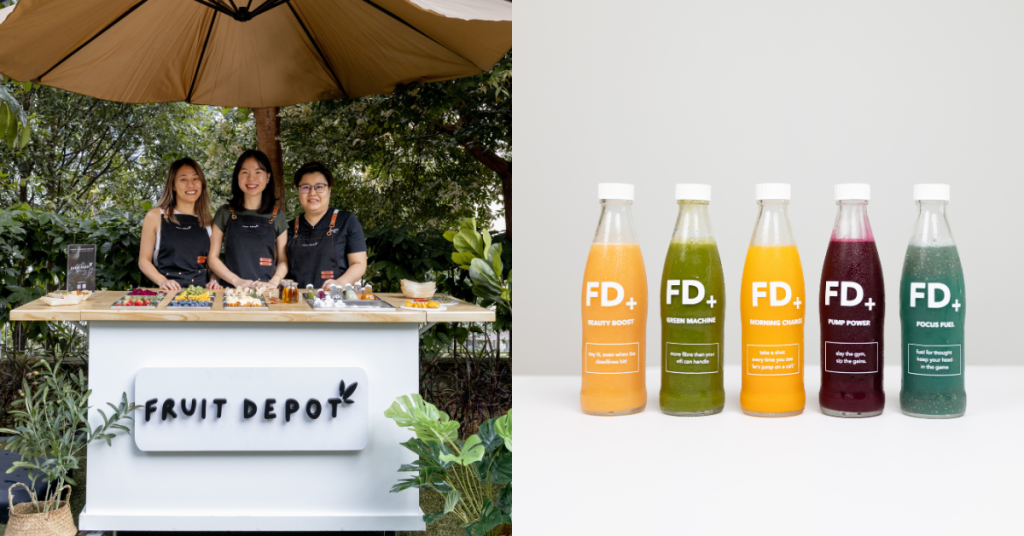
Selling fruits is hardly a sexy career nowadays. So why did these three Malaysians with financial backgrounds quit their stable careers and are now running Fruit Depot, their own fruit-based business? Stemming from sabbaticals The founder of Fruit Depot is Lim Jen Na. She began her career in the humanitarian space with the UNHCR, but […]
This M’sian quit architecture to pursue F&B, now runs a Thai-inspired coconut ice cream biz

At pop-up markets, I often come across an ice cream brand by the name of Surey! serving yummy flavours such as Mango Sticky Rice and Thai Red Ruby. Behind the business is Alyassa, who formerly trained in and practised architecture. Like many other entrepreneurs, the pandemic was the tipping point. At this time, Alyassa decided […]
Fluff Stack abruptly announces closure of all 5 outlets in S’pore after 6 yrs in business
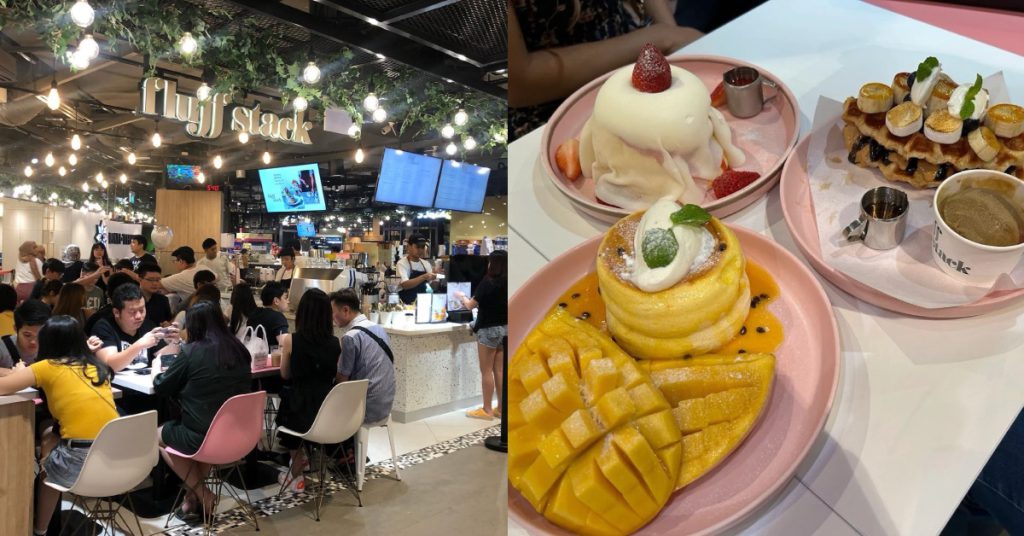
Homegrown pancake chain Fluff Stack has closed all of its outlets in Singapore. The business made the announcement on its social media pages on Wednesday (May 14), stating that the “challenging F&B landscape” in the city-state has made it “unsustainable” for it to continue its operations. Fluff Stack, popular for its souffle pancakes, had five […]
Nothing is perfect…or is it? Here’s our review of Nothing’s RM1,699 Phone (3a).

Over the past month I had the chance to try out the Nothing Phone 3a. Personally, I did not know much about the device nor the brand, with most of my interest starting and ending with the ‘Nothing’ name and the creative copywriting that could come from it. “Nothing beats that.” “Nothing can change your […]
Here are all the individuals from Singapore who made the 2025 Forbes 30 Under 30 Asia list

Forbes has just released the 10th edition of its 30 Under 30 Asia list today (May 15), which features entrepreneurs, innovators, and rising stars—all under the age of 30—in the Asia Pacific region. This year, a total of 20 countries and territories are represented in this list. India leads with an astonishing 94 honorees, followed by […]

